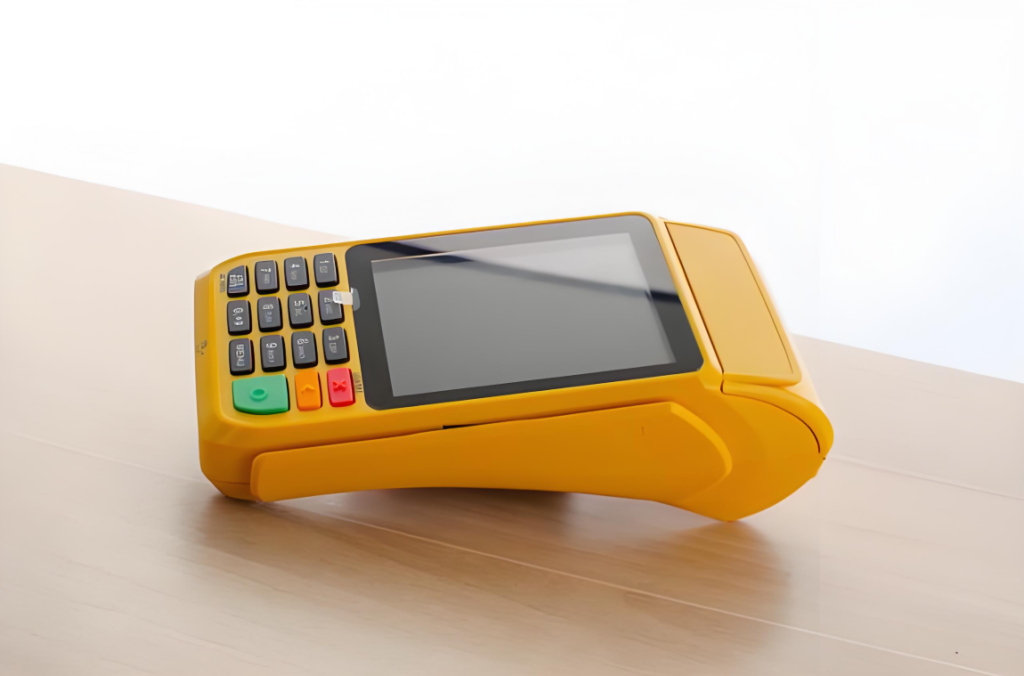The financial technology (fintech) industry is at the forefront of digital transformation, enabling fast, secure, and convenient financial services. From Point-of-Sale (POS) machines to financial self-service terminals, fintech relies on advanced electronic systems to deliver reliable and efficient performance. At the core of these systems are Printed Circuit Boards (PCBs), which provide the foundation for seamless operation. This article explores how PCBs empower the fintech sector and enable its innovative solutions.

PCBs in POS Machines
POS machines are essential tools for modern businesses, facilitating smooth and secure payment processing. PCBs play a critical role in the functionality and reliability of POS devices. Key applications include:
-
Compact and Lightweight Design: POS machines must be portable and easy to handle. Multi-layer PCBs enable high circuit density within a small space, ensuring compact device designs without compromising performance.
-
High-Speed Processing: Payment transactions require fast and secure data processing. PCBs support the integration of advanced microprocessors and memory units, enabling POS machines to handle transactions efficiently.
-
Secure Communication Modules: POS machines must ensure secure data transmission between devices and financial networks. PCBs enable the integration of encryption modules and wireless communication technologies, such as Wi-Fi, Bluetooth, and NFC, to safeguard sensitive data.
-
Touchscreen Integration: Many modern POS machines feature touchscreens for user-friendly operation. PCBs manage the control and processing of touchscreen inputs, ensuring smooth and accurate user interaction.
-
Durability in Retail Environments: POS devices often operate in busy retail environments, subject to drops, spills, and temperature fluctuations. PCBs designed with durable materials and protective coatings ensure reliable performance in these conditions.
PCBs in Financial Self-Service Terminals
Financial self-service terminals, including ATMs, kiosks, and digital banking machines, rely on PCBs for their efficient operation and durability. Here’s how PCBs enhance these devices:
-
Integration of Multiple Functions: Self-service terminals combine various functions, such as cash dispensing, check scanning, and card reading. PCBs enable the integration of these components into a unified and efficient system.
-
Power Management: Financial terminals require stable power delivery to operate without interruptions. PCBs ensure proper power distribution and management, preventing system failures.
-
Data Encryption and Security: Security is paramount in financial systems. PCBs support encryption modules and secure processing units, ensuring data confidentiality and protection against cyber threats.
-
Connectivity and Networking: Financial terminals need to stay connected to banking networks for real-time updates. PCBs support high-speed wired and wireless connectivity, ensuring seamless communication with backend servers.
-
User Interface Support: Self-service terminals often feature advanced interfaces, such as touchscreens or voice-assisted interactions. PCBs enable the integration and functionality of these user-friendly interfaces, improving customer experience.
- Durability and Environmental Resistance: Financial terminals are installed in various environments, from outdoor ATMs to indoor kiosks. PCBs with rugged designs, moisture-resistant coatings, and temperature tolerance ensure reliable performance across different conditions.
PCBs are the backbone of fintech innovation, enabling the seamless operation of devices like POS machines and financial self-service terminals. By delivering compact designs, high reliability, and secure data processing, PCBs meet the demands of the rapidly evolving fintech industry.
